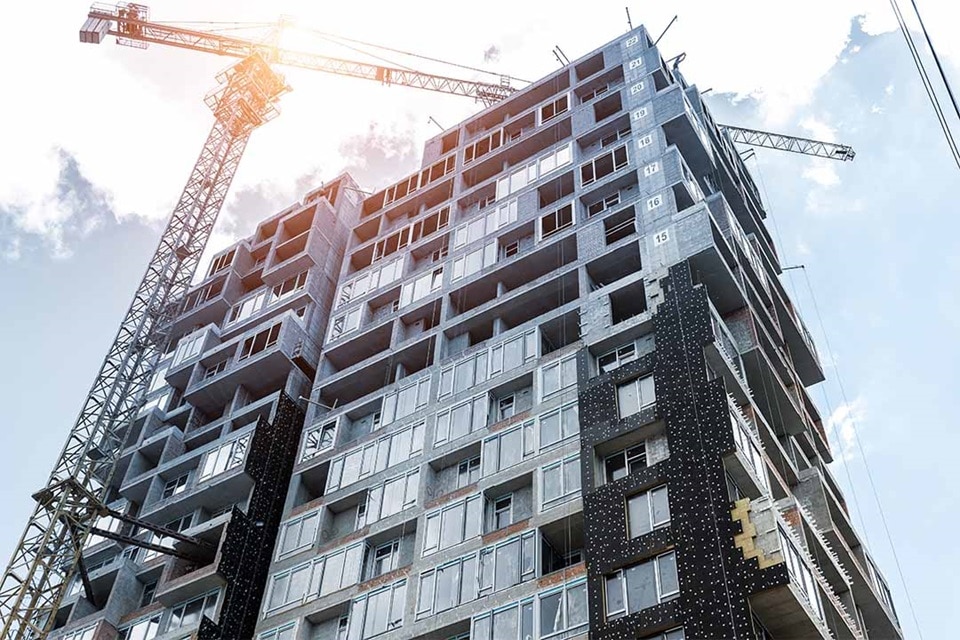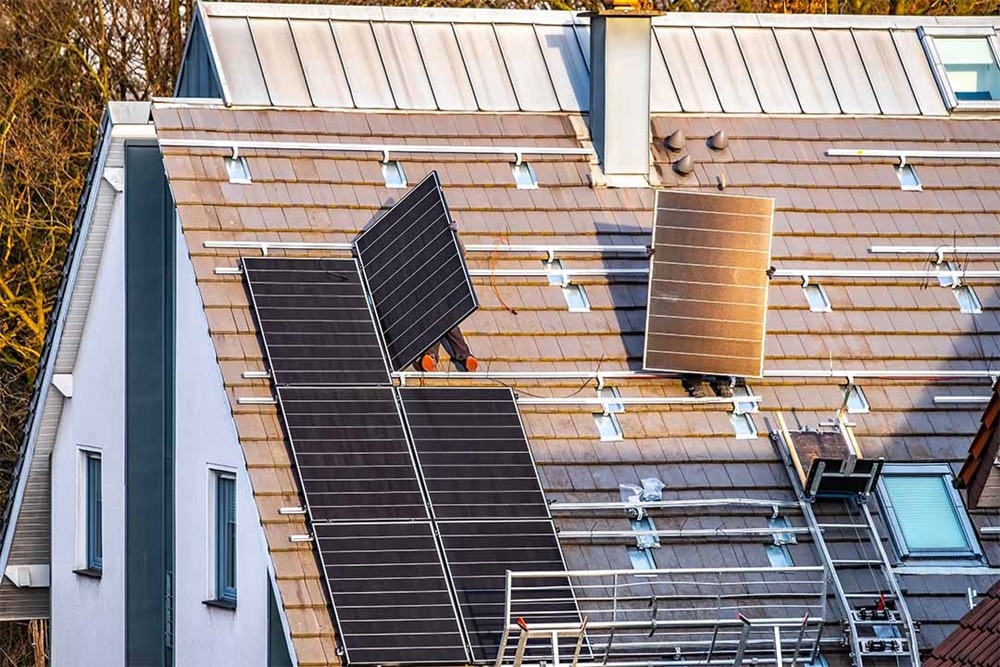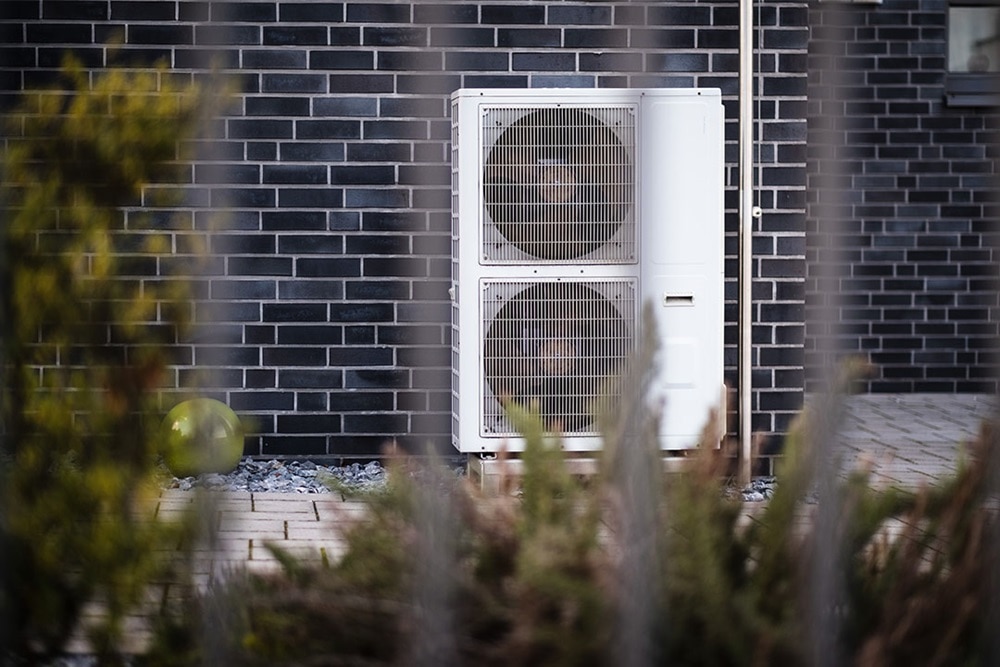Energy-efficient buildings

How can the basic need for housing be better reconciled with the need for stronger climate protection? What needs to change to make the ecological footprint of one's own four walls as small as possible? How can the electrical industry contribute to this goal with innovative products?
With the Energy Performance of Buildings Directive (EPBD), the EU provides the answers to these questions and at the same time creates the legal framework to make buildings even more efficient in the future. After all, an energy-efficient building sector makes a significant contribution to European climate protection.
"Building a house is the equivalent of 50 tonnes of CO2. If you use renewables you can then bring the 50 tonnes back down by giving some energy back into the grid."
A climate-neutral building stock
By 2050, Europe's building stock is to become climate-neutral. At least that is the goal that the European Commission wants to enshrine in the amendment to its Energy Performance of Buildings Directive (EPBD).
The task is ambitious, but it is also extremely important: In Germany, for example, there are about 21 million buildings. They account for around 35 percent of total energy consumption in Germany. This means that the building sector is at a similar level of consumption to the transport sector or industry.

Across the EU, three-quarters of buildings currently do not yet meet the efficiency requirements. So, there is still a lot to do by 2050, especially since only one percent of these buildings are renovated to make them more energy-efficient each year. Too slow to actually achieve the desired goal.
There is enormous potential for savings, from which not only the climate benefits. The EU Commission wants to make greater use of these possibilities – with new standards that apply to both new and existing buildings. With the new requirements of the EPBD, the building sector is intended to make a significant contribution to climate protection: lower energy consumption (for electricity, heating and hot water preparation) and greater use of renewable energies conserve important resources, make it easier to say goodbye to fossil fuels, reduce CO2 emissions – and mean considerable cost savings for end consumers.
The EPBD is therefore an essential tool in the fight against climate change and for more sustainable development. However, it is also clear that such an ambitious goal can only be achieved with joint efforts, especially in view of the new requirements for old buildings.
More efficient buildings:
from law to implementation
For around two decades, the EU directive for a better energy performance of buildings has been adapted again and again to the necessities of climate change and to the possibilities of technical innovations for higher energy efficiency.
Inspire – with innovative electrical engineering
The requirements of the EPBD and its implementation into national law in the European member states mean a lot of obligations for homeowners. This makes it even more crucial to pick up and inspire people with meaningful, comprehensible and simple solutions.
The demand for greater use of renewable energies makes the electrical industry an important partner for people – and for the transition to an energy-efficient, climate-neutral lifestyle. With innovative technologies and a wide range of possibilities, the industry has every chance to bring about positive change on both a small and large scale.

A key aspect is to show people that energy efficiency is not only possible. But that, in combination with renewable energies, it opens up completely new perspectives – for one's own life, for the neighborhood, for society as a whole. The electrical industry can provide individual, future-proof solutions for this purpose.
